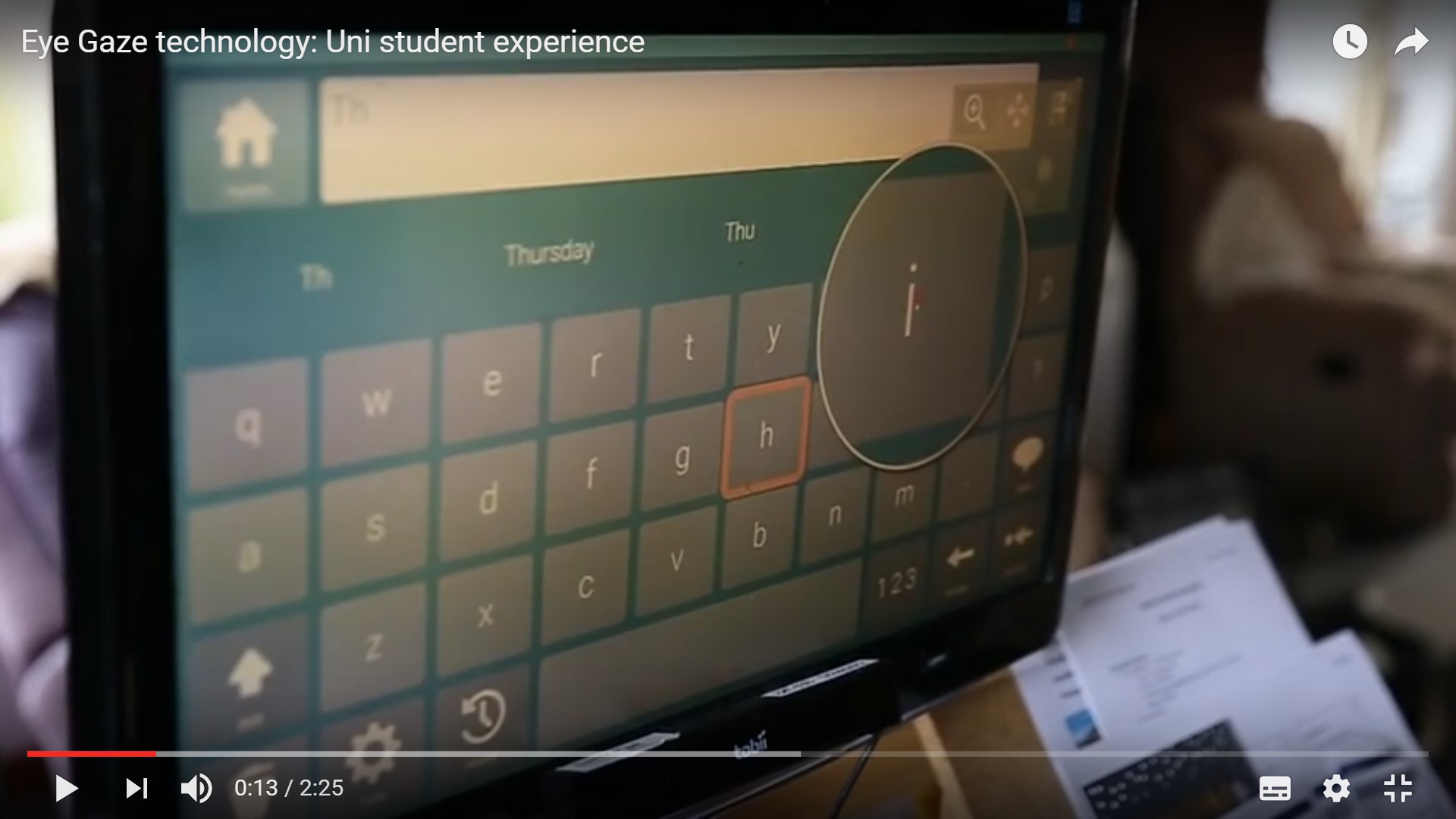Inclusive Technologies: Physical Disability

Physical activity and mobility may be impaired by a number of conditions, some of which are permanent, others of a temporary or intermittent nature. These conditions include cerebral palsy, arthritis, muscular dystrophy, multiple sclerosis (MS), Parkinson’s disease and repetitive strain injury (RSI). Back or neck injuries may also affect general mobility. A stroke may result in temporary or permanent loss of feeling or movement of part of the body – frequently on one side. Speech and vision may also be affected in students with cerebral palsy and multiple sclerosis for example, and in those who have suffered a stroke.
This section focuses on some of the assistive technologies related to physical impairments in the area of education. When meeting a student with a significant impairment, consultation with an occupational therapist may be necessary to establish how best to access educational experiences. As is the case with most impairments and disabilities a number of strategies may be necessary to access education.
Alternate formats of course materials: Students who cannot hold or manipulate pages of a book in hardcopy fall under the category of a print disability as defined by the Copyright Act (1968). This means that if a book is not commercially available in an accessible format for them then the publisher or the institution must provide an accessible copy. An accessible copy may be as simple as an electronic format of a printed book, that can be manipulated as necessary on their compute

